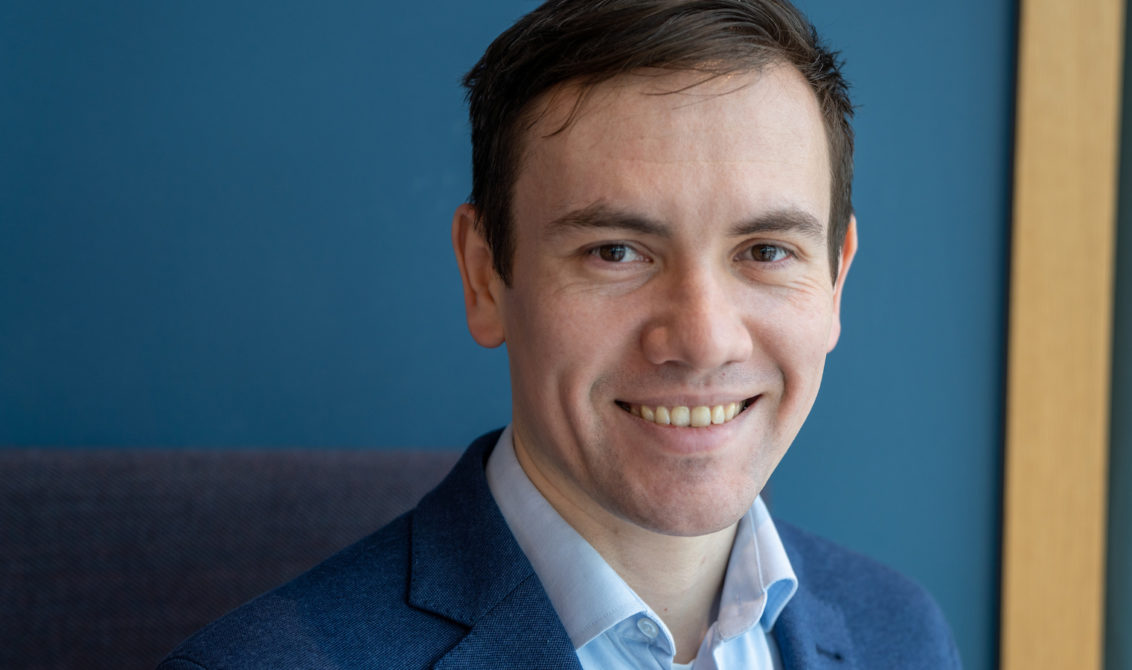
[Click here for the main conference website, with agenda, and sign-up to attend physically in Malmö or digitally.]
As its energy production has gone from black to green, a large chunk of costs for Ørsted has moved from liquid markets for oil and gas, into very-long-term capacity investments such as offshore wind farms. So how should the growing exposure to inflation and interest rates be offset?
Sketching his treasury organization’s systematic preparations through the last seven years or so, in a call with Treasury 360°, he even chips in the word “finally” when he gets to the 2022 events. As he began his work in the group, then named DONG Energy (Danish Oil and Natural Gas), in 2015, it was a very different company from today’s Ørsted, he explains.
“We have been through a journey where our mandates from the board had to be adjusted,” says Bogdan Izmaylov.
“The business has moved from oil and gas, being very much market-based, to being heavy on renewables: a subsidised and regulated business with very, very long assets. That’s where we see inflation and interest rates now having a very, very significant effect on Ørsted.”
Long agreements on the rise
A growing role for long-term power purchase agreements with corporate customers is one of the resulting trends in the market for the group’s outgoing deliveries – the distributed energy. New forms of collaboration are developing – in the partnership between finance and business representatives within the company, but also in creative dialogue with large clients. They, too, may well be interested in locking in the cost, today, of their energy use tomorrow.
Yet, while Bogdan Izmaylov thinks of the risk-offset strategy as the “prudent” approach, the partners on the business side have naturally been less concerned through the low-interest years.
“Back when this was not a hot topic, it was difficult to create these inflation-indexed long-term power purchase agreements and to explain why they are important,” he says (pointing to their distinction from fixed-price contracts which have existed for a long time).
Now, when the issues of inflation and interest-rate risks have become urgent even globally, it stands clear that the preparations were time well spent.
Hopes you will challenge him
“I will probably tell the story without spending too much time on the technical details. I may give a little bit of high-level explanation of what we do in terms of asset liability management, and how it is working out for us – then focus more on how we work with the business and try to create this common understanding of the risk. What the misconceptions or misunderstandings are, that we see about inflation in the business, where not everybody has an economics background. Also, how we use common knowledge to communicate the message, and how we try to catch the risk before it arises,” says Bogdan Izmaylov.
He is clear on his purpose for going on stage in Malmö: identifying peers to benchmark against, to spur even more progress. Could your corporation be one?
“We believe that we are in a good place today,” he says. “If we have come as far as we think we have, this could be a way for us to help others get to the same level so they can challenge us. Else, if there are others who already spent a lot of time thinking and working on this, it would be useful for us to challenge the setup we have today, and see if there is anything that we could be doing even better.”
One aspect that Bogdan Izmaylov thinks might be interesting for some corporations is the effort to balance out treasuryrisks already on the product and business portfolio level.
“That’s where the collateral risk and liquidity risks come in. When talking with the business side, we have been heavy advocates for trying to create a balanced portfolio so that we minimise the hedges that treasury has to do externally.
But is the interest cost real?
When talking about long-term investment horizons, schoolbooks will mention the importance of applying a real interest rate, thus the nominal interest rate minus the inflation rate. That puts today’s real interest rates at something like … negative and lower than ever. So, is there actually a new cost burden on the long-term investments, or is it just a cash-flow constraint?
“That’s a very good question,” says Bogdan Izmaylov.
“In the very short term, real interest rates are very, very low at the moment because of the spike in inflation. But if we look at the 10–15-year interest rates and inflation expectations that we can see in the market, the real interest rates have actually gone up significantly.”
Helping decision makers also on the business side to grasp this type of complexities is one of treasury’s important roles.
“We know central banks have inflation targets at 2 percent. It is unrealistic that the average price increase over the next 10 years will be 3 percent, but when there is a 10-percent spike in one year, it translates into an average of around +1 percent – which means that the previously unrealistic scenario becomes much more probable in practice.”
Bogdan Izmaylov’s session in the Treasury 360° Nordic program, in Malmö on 20 April 2023, is scheduled for 11:20 (as of this article’s publication – find the current agenda on the event website here). Titled “Riding the inflation: How Ørsted mitigates the damages – and innovates new win-win solutions with clients”, it is part of conference track C, “Boost the process”.

